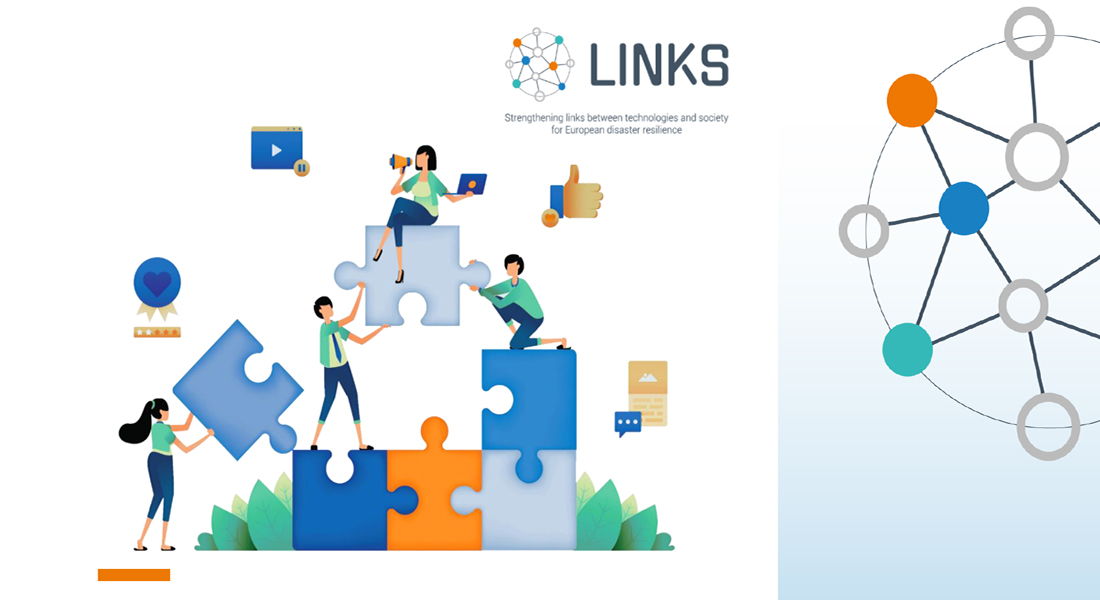Social media and crowdsourcing in disaster risk management: Trends, gaps, and insights from the current state of research
Consequently, this paper aims to create a comprehensive and critical overview of the trends in current research on SMCS in DRM. It explores the extent to which the current body of literature is predominantly focused on certain disaster phases, applying certain research approaches but also potentially biased toward specific geographical contexts, both in terms of studied regions and authorship collaboration networks. It does so by reviewing an extensive body of academic literature published from 2008 to 2023. The data set comprises 237 academic articles and books (or book chapters) with a focus on papers that explore interactions between SMCS and DRM.

Researchers Anne B. Nielsen, Dario Landwehr, Juliette Nicolaï, Tejal Patil and Emmanuel Raju have published a new study in Risks, Hazards and Crisis in Public Policy titled "Social media and crowdsourcing in disaster risk management: Trends, gaps, and insights from the current state of research".
An output of the LINKS project.
Disaster risk management (DRM) research is increasingly acknowledging the role of information technologies, communication systems, and digital tools. These technologies foster rapid information exchange between actors in disaster response and support communication and capacity development in recovery, prevention, and preparedness processes (Nielsen et al., 2023). In this context of increased application of information technologies in disasters, we critically explore how social media and crowdsourcing (SMCS) are studied in current research. SMCS comprise a set of internet-based applications that build on ideological and technological foundations of Web 2.0 that allow for user-generated content. Crowdsourcing specifically refers to an internet-based problem-solving model where the task of solving a problem is outsourced to a crowd (Howe, 2006).
Despite more than a decade of research, we still have little understanding of how the overall research has developed. To answer this question, we look at three overall aspects of the published research: (1) How is research distributed across different disaster phases, (2) what types of disasters have been studied and what types of research design have been applied to increase our understanding of SMCS in disasters, and (3) how unequal is research on SMCS in disasters distributed worldwide in terms of geographical focus and co-authorship.
Consequently, this paper aims to create a comprehensive and critical overview of the trends in current research on SMCS in DRM. It explores the extent to which the current body of literature is predominantly focused on certain disaster phases, applying certain research approaches but also potentially biased toward specific geographical contexts, both in terms of studied regions and authorship collaboration networks. It does so by reviewing an extensive body of academic literature published from 2008 to 2023. The data set comprises 237 academic articles and books (or book chapters) with a focus on papers that explore interactions between SMCS and DRM. In this sense, the paper adds to the knowledge produced within the field of crisis informatics on how disasters and digital technologies and platforms interact (Palen & Anderson, 2016), however, with a stronger focus on social–political aspects of disasters and especially disaster risk reduction.
We compare the literature before and after 2019 because of the unprecedented nature of the COVID-19 pandemic and associated uprisings of remote telecommunication platforms that have likely disrupted established paradigms in DRM, potentially reshaping the role of SMCS within DRM. This assumption is primarily motivated by the large number of publications that examined the role of COVID-19 in promoting the digitalization of organizations (Amankwah-Amoah et al., 2021; OECD, 2020).
In Section 2, we set the scene for our three questions and argue for the need to understand the trends related to disaster phases, disaster type, research design, and geographies in scientific knowledge production. Section 6 outlines the methodology for the literature review. Section 7 presents our findings, particularly focusing on the shifts before and after the COVID-19 Pandemic. Furthermore, by investigating the co-authorship network, we show how the literature reproduces inequalities along geographical divides in terms of collaboration patterns and studied regions. Section 13 concludes the paper with a discussion on the need for future research.

| Download the report here: Social media and crowdsourcing in disaster risk management: Trends, gaps, and insights from the current state of research |
| LINKS website: http://www.links-project.eu/ |
| Nielsen, A. B., Landwehr, D., Nicolaï, J., Patil, T., & Raju, E. Social media and crowdsourcing in disaster risk management: Trends, gaps, and insights from the current state of research. Risk, Hazards & Crisis in Public Policy. https://doi.org/10.1002/rhc3.12297 |
